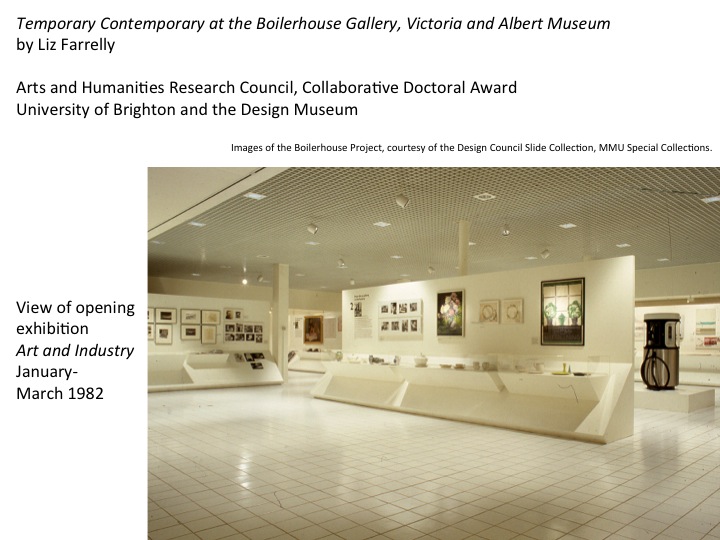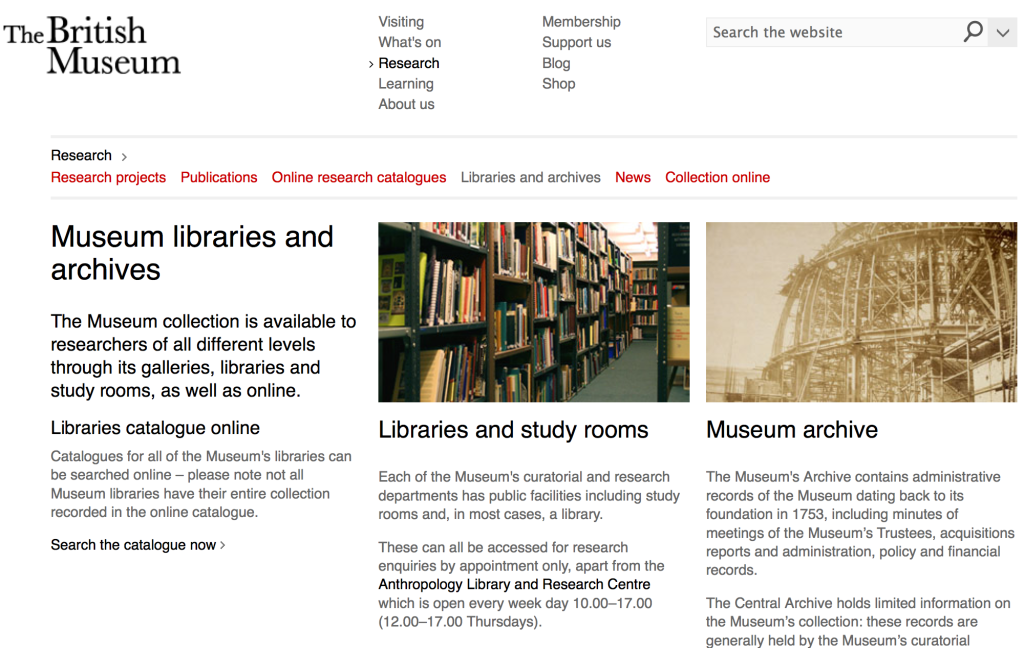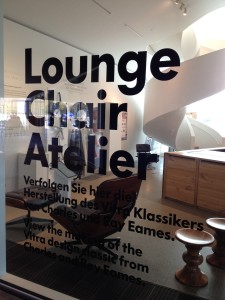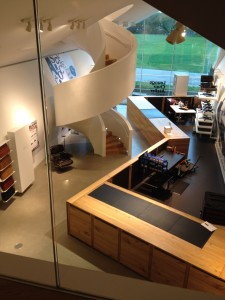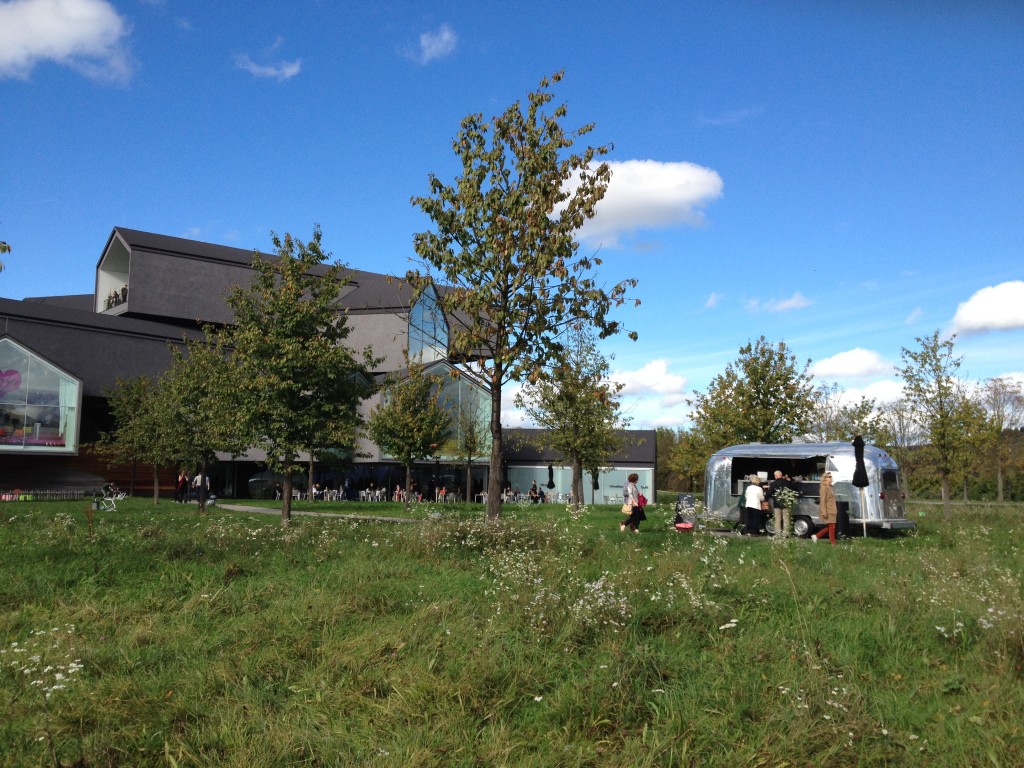As a tie-in with Bloomsbury Academic, publishers of Design Objects and the Museum (see, here), Joanna Weddell and myself were invited to give a Lunchtime Lecture at the Victoria and Albert Museum. As we shared the time-slot our talks were short and aimed at a general audience, but both are based on doctoral research, and the blurb draws connections between our projects, so I’ve included it in full before posting an edited version of my talk with the slides, which provided an additional strand of information supplementing the visuals.
Contemporary Design Objects in the Museum: Two Perspectives
The Lydia and Manfred Gorvy Lecture Theatre
Victoria and Albert Museum
Cromwell Road, London SW7
26 April 2017
‘This lecture will examine the exhibition of 20th century design. Circulation, or ‘Circ’ was responsible for many of the Museum’s acquisitions of post-war contemporary design. Joanna Weddell will discuss Circ’s role as a ‘museum within a museum’ through shows such as Design Review, 1975. The Boilerhouse Gallery was a temporary intervention at the Museum funded and run by the Conran Foundation, as Liz Farrelly will explain. Betweeen 1981 and 1986 the Gallery increased the visibility of contemporary design through thematic exhibitions that booted visitor figures and grabbed headlines, later morphing into the Design Museum at Shad Thames.’ Lunchtime Lectures Summer 2017, V&A.

